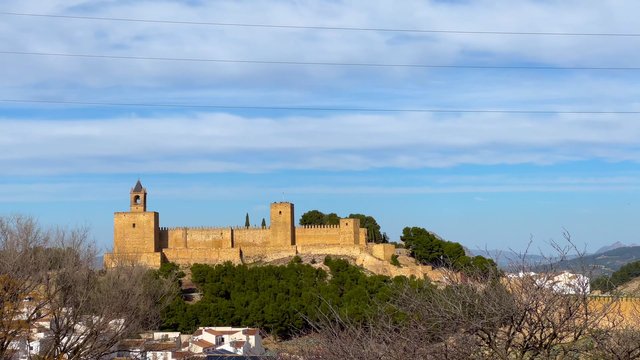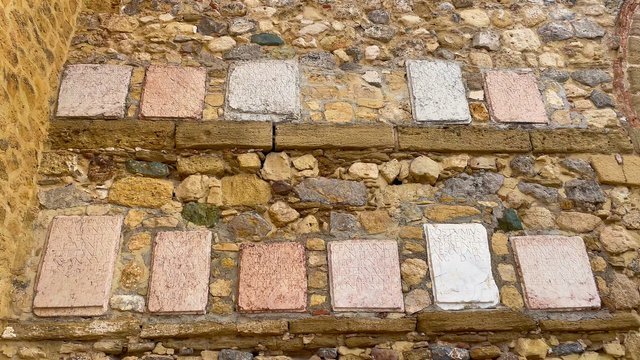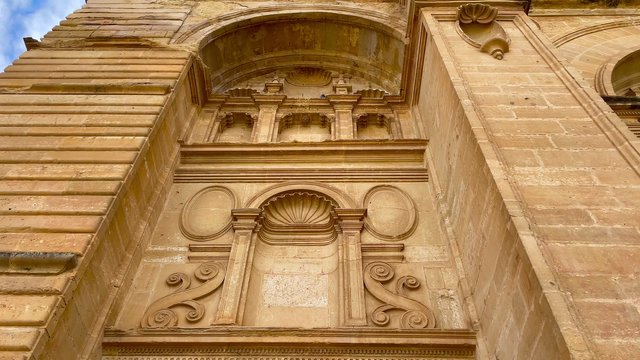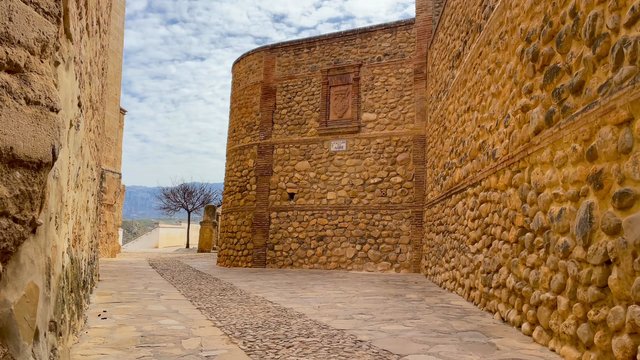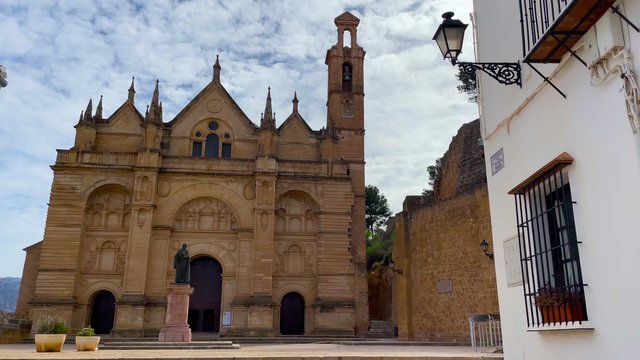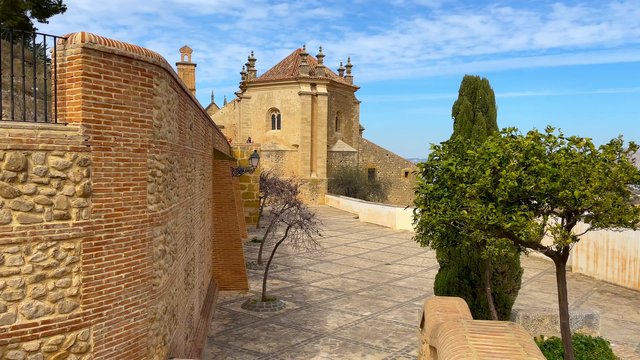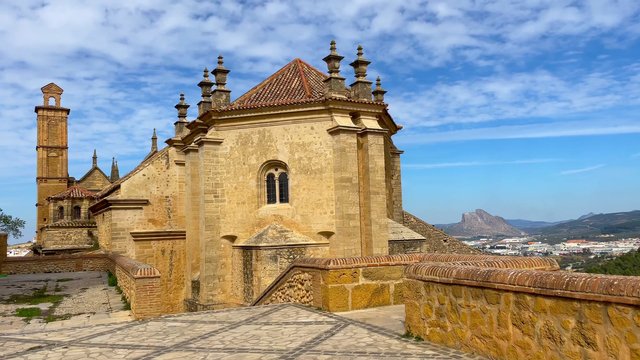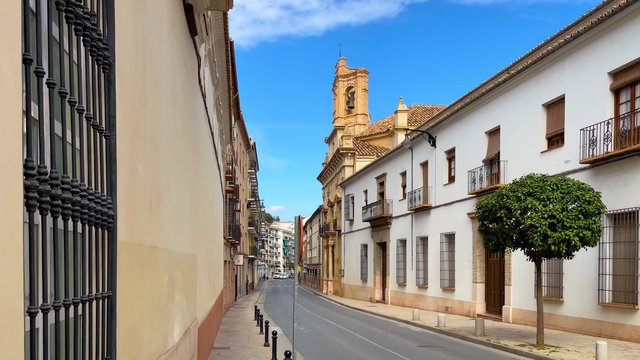Antequera - The Mysterious City of Spain
Hello dear travelers. Today I want to introduce you to a very interesting Spanish city called Antequera. By pure chance we found ourselves in this city during the first weekend of March. We had actually planned to go somewhere else, but we took a detour and ended up in this unknown city. We parked our car in a parking lot and looked at the architectural landscape of the city. We encountered beautiful historic buildings. Therefore we decided to explore this town, which was unfamiliar to us and discover its main tourist attractions.
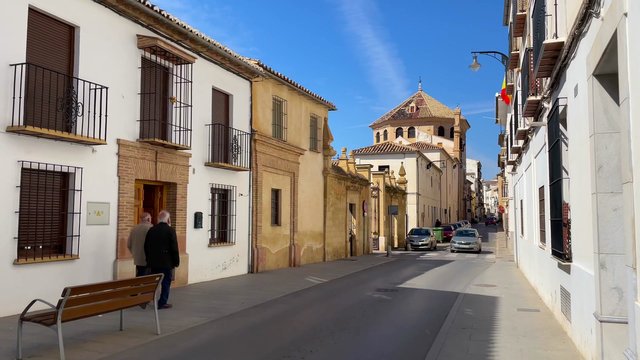
On the road we came across this church. With a plain and simple architectural style, it did not stand out from the outside. The Church of Clarisas had a modest facade featuring only carved stone and brick. There was a small courtyard with orange trees at the entrance.
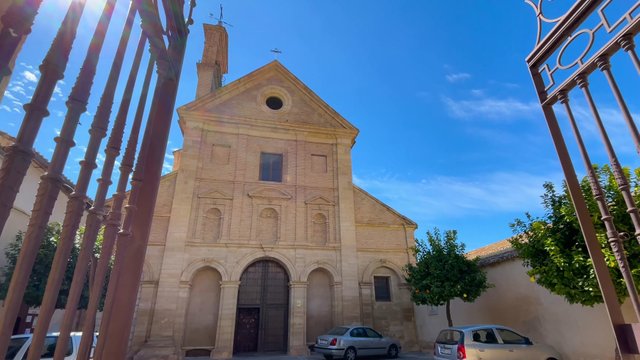
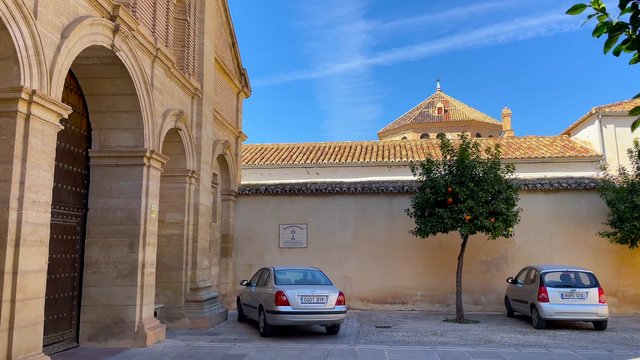
Without expecting to see anything special inside this humble church, we decided to enter anyway. And an incredible view opened up before us. The monastery resembled a fairytale-like palace with magnificent stucco decorations. However some parts of the monastery were engulfed in pitch darkness and only a few dim lamps illuminated the altar. There was no one around and we were trying to see what was inside.
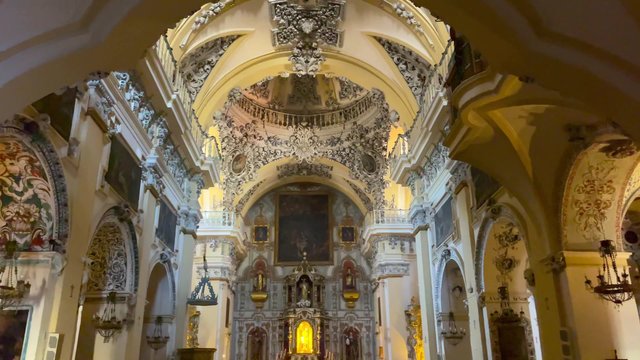
Then we found a sign indicating that the lights of the church would automatically turn on with a 1 euro coin inserted into a special slot. Unfortunately we didn't have a single penny in our pockets. So, we continued to tour the unlit church. I was glad my phone had a high brightness setting, so I could see at least something and take photos. In reality my eyes could barely see anything.

It turns out that this is a monastery of Claris nuns, built in 1628. The nuns dedicated themselves to craftwork and lived in isolation. It is a mysterious monastery filled with rich and baroque-style stucco decorations.
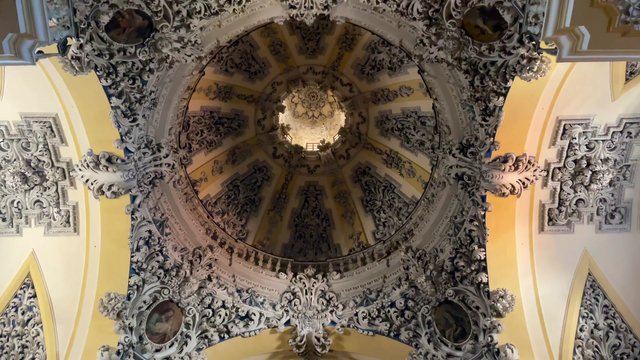
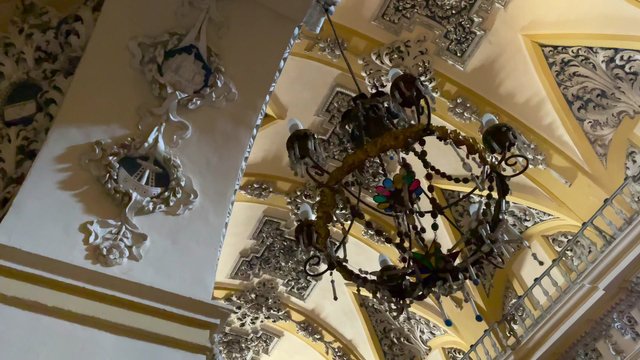
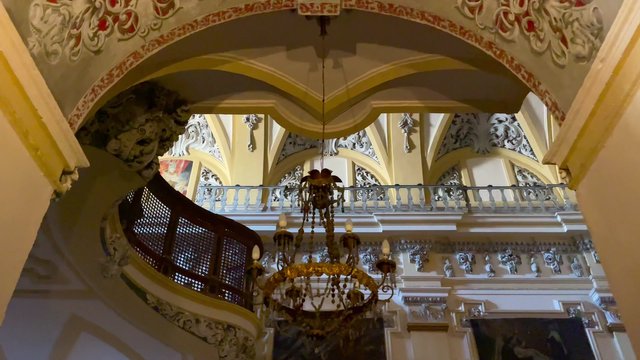
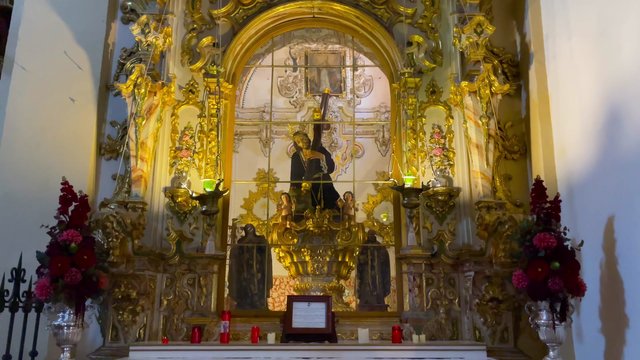
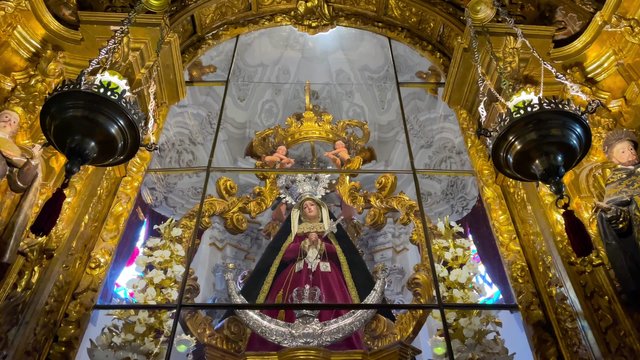
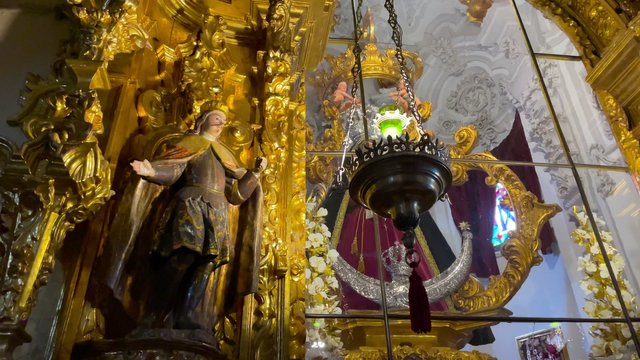
We continued walking and saw a fountain and the Church of Santiago in a small square. This church was built in 1519 as a simple hermitage (a place where monks lived) and has served as a parish church since 1822. The current structure dates back to the mid-18th century. The figure of the Virgin Mary however, dates from the 17th century and is located in a gilded wooden altarpiece.
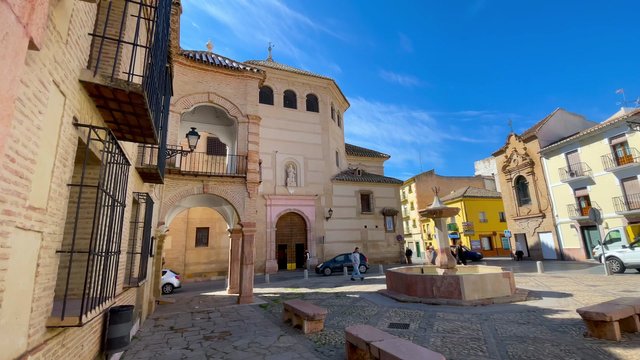
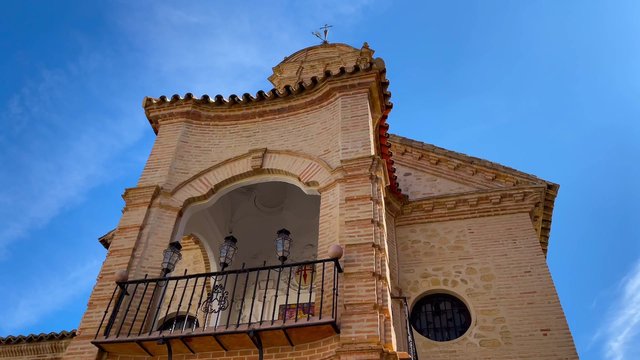
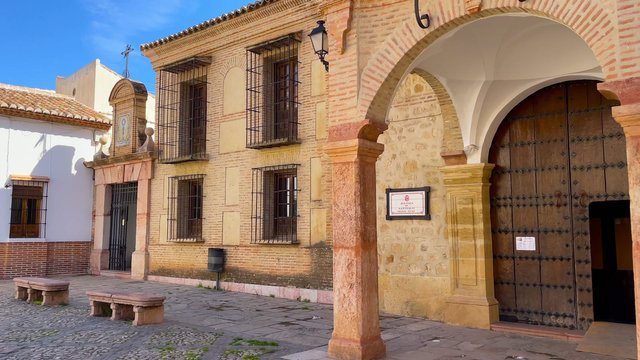
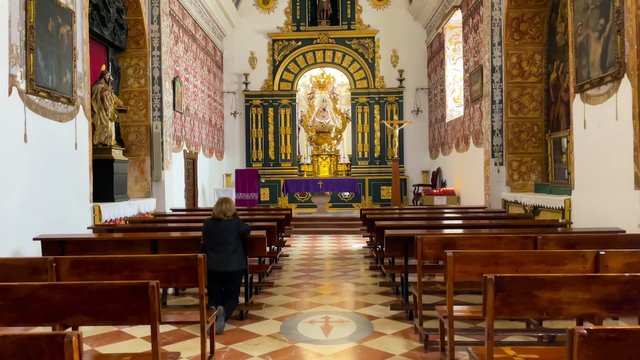

The walls of this church surprised me the most. We thought the walls were covered with wallpaper or patterned fabrics. However upon closer inspection we saw that the walls were decorated with tempera paintings in red and gold colors. These paintings consisted of intricate details. Nearby, there is a small courtyard filled with potted plants. This area is the sacristy where valuable jewelry is kept.
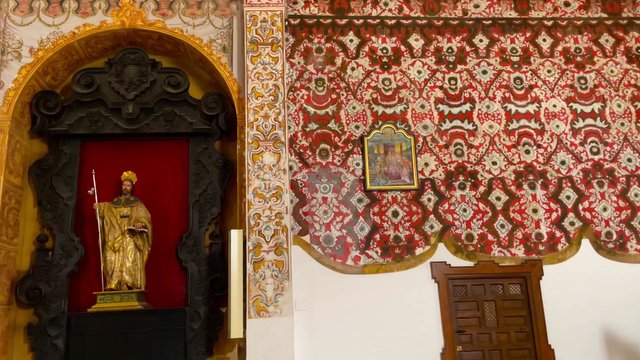
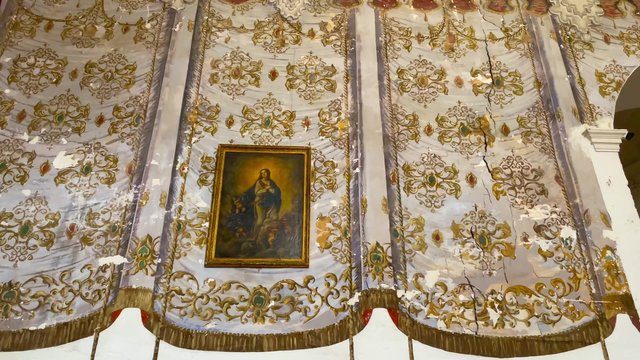
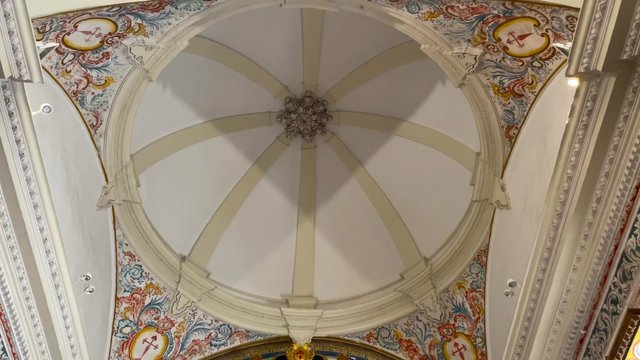
After admiring the ripening yellow lemons above the door of this courtyard, we continued on our way. We visited the museum of Antequera. The museum is located in the Carmelite monastery built in 1632. The items accumulated in this monastery over the years are of great interest.
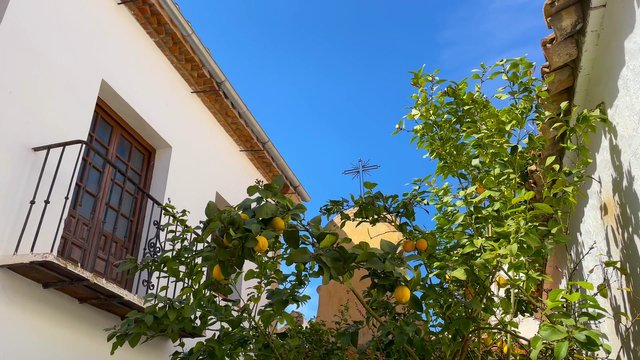
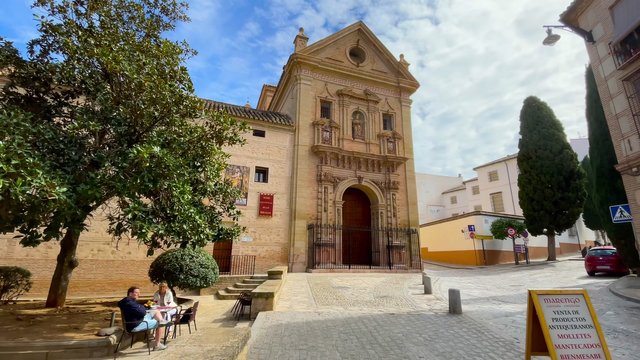
Here works of great artistic value from the 16th to the 18th century are collected. There are also various carved figures, the Virgin Mary, Jesus, Saint Joseph and silver coins. The monastery walls are adorned with wonderful carved motifs.
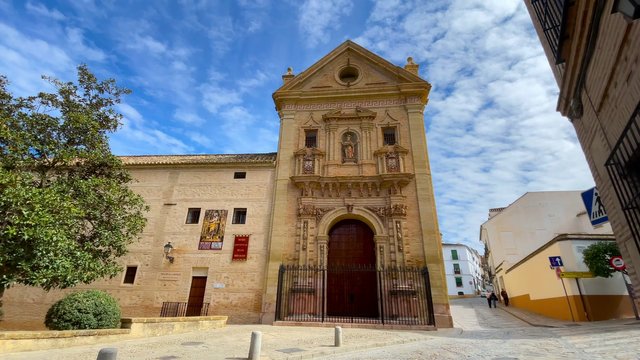

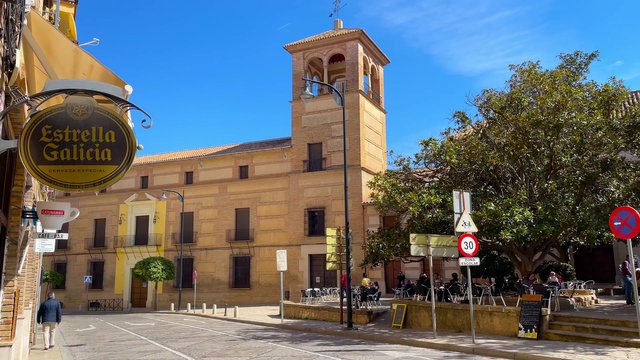
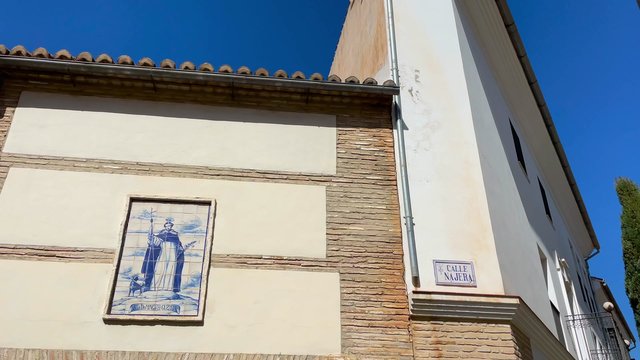
Next to the monastery there is a café with many tables in the shade of large fig trees. On the outside of this building there is a lion's head. Interestingly this is a mailbox and this building is the city post office. I think this is the most original mailbox I've ever seen! We also saw mail delivery vehicles.

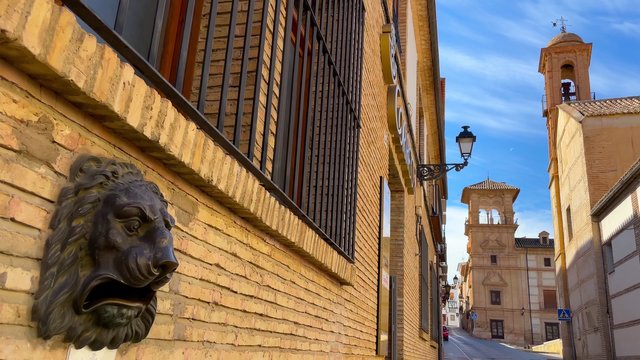
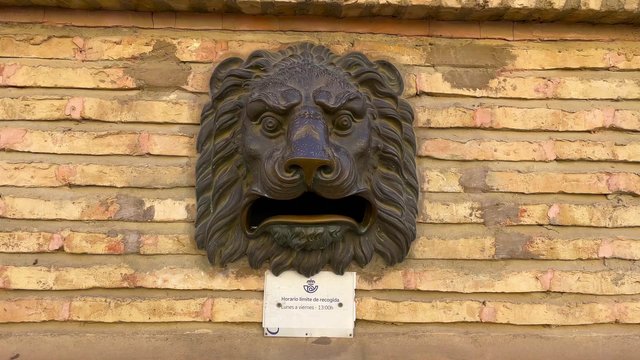
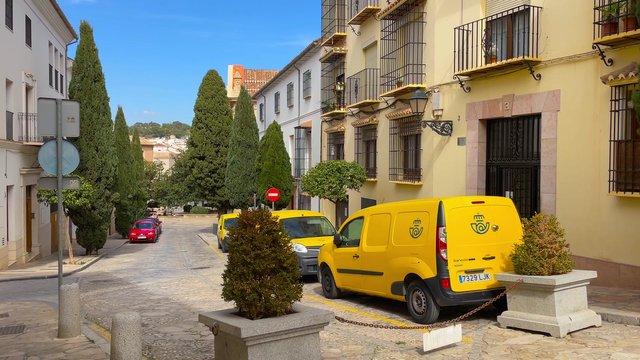
We then visited Plaza del Coso Viejo, located in the historical center of Antequera. In the center there is a statue of Prince Don Fernando on horseback, who conquered this city in 1410.
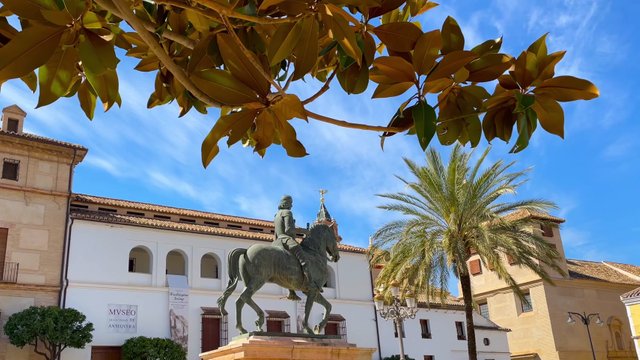
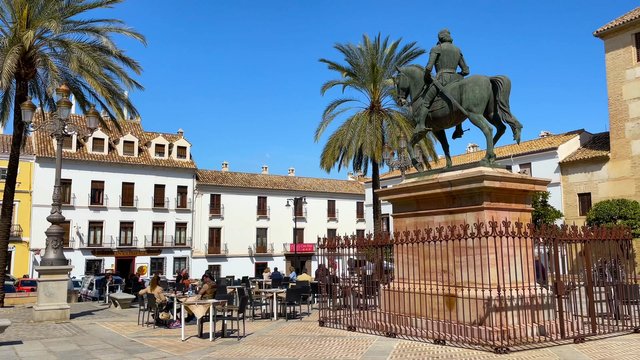
Our next stop was the Cathedral Church of San Sebastian, located in San Sebastian Square. Construction of the church began in 1548. It has a beautiful Renaissance facade. Here there are busts of Santiago and San Felipe. We observed the shallow niches containing statues of San Pedro, San Pablo and San Sebastian through the branches of orange trees.
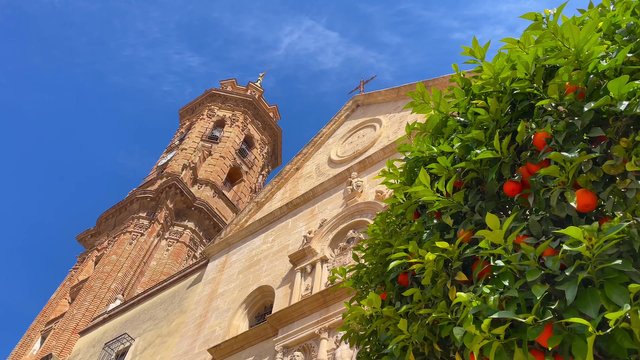
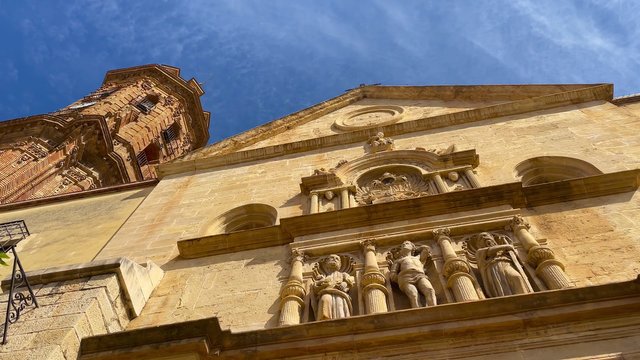
Next to this church there is an interesting monument made by Pedro Fernandez Roales. The sculpture composition pays homage to two famous 20th-century cultural figures from Antequera: the poet Jose Antonio Muñoz Rojas and the artist-scientist Jose Maria Fernandez. Muñoz Rojas is depicted with his most famous work, the book "Lost Items" while Fernandez is shown wearing a hat and glasses, presenting the other with a draft of a Renaissance fountain. The sculpture composition is titled "Art Beyond Time". The sculptor mentions that the most challenging part of the design was placing the figures on an already existing bench.
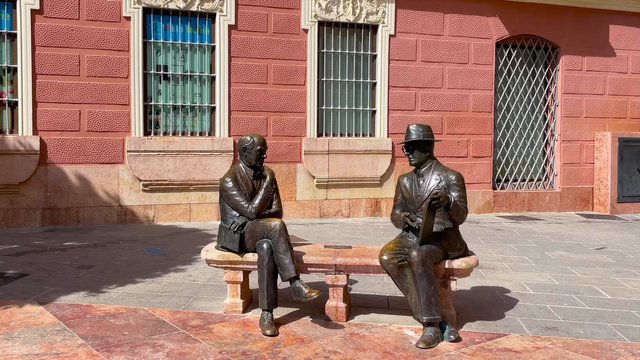
Another landmark of Antequera is the beautiful Royal Monastery of San Zoilo, declared a national historical and artistic monument.
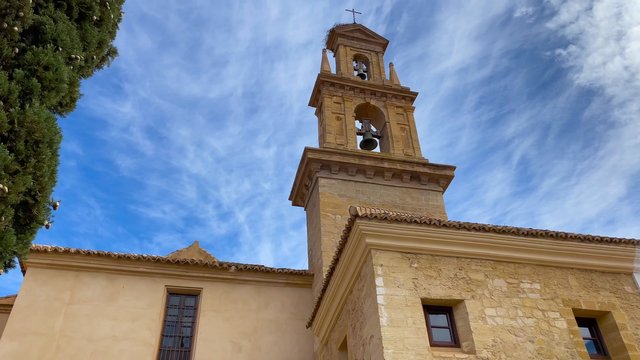
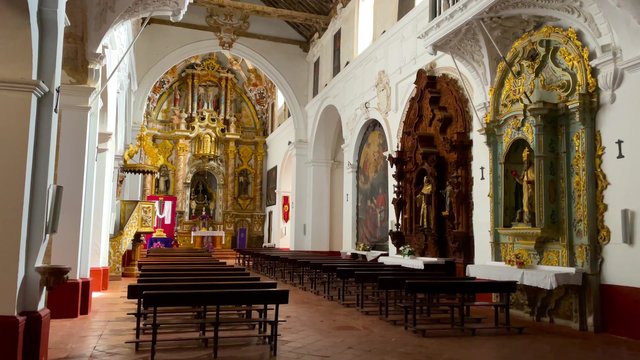
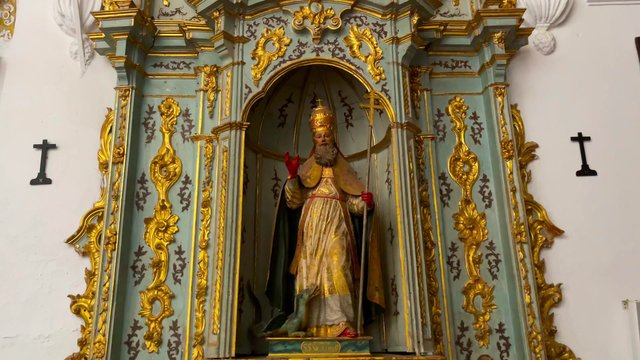
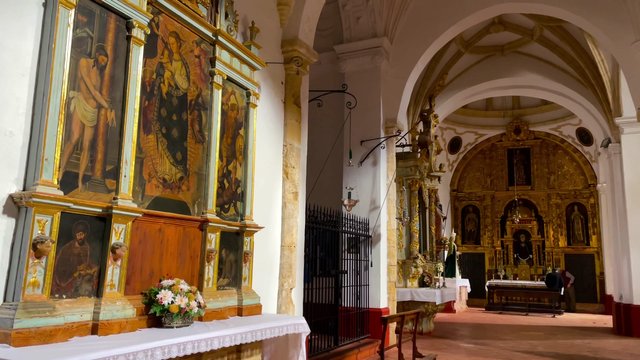
Climbing the stairs to the highest point of the city, we saw a panorama of beautiful old Antequera. From this point we could see the cityscape composed of thousands of houses with tiled roofs, the church and monastery towers scattered throughout the city center and the Lovers Rock.
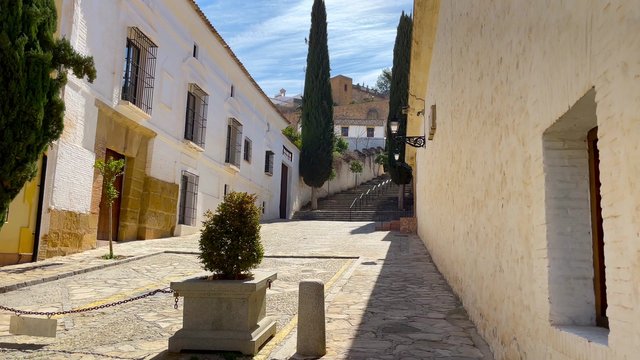
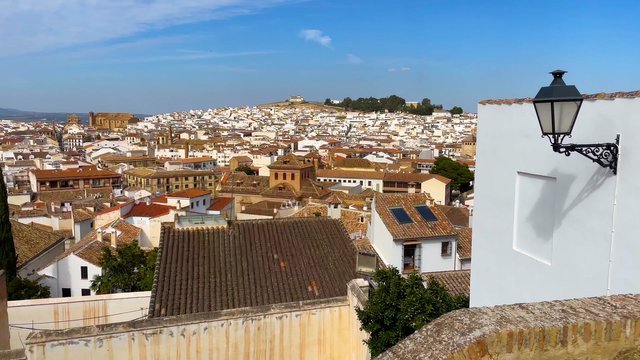
Despite its small size, the city has managed to preserve many valuable works. Its historical complex comprises over fifty monuments and structures, ranging from the Bronze Age to the 18th century. In the old part of the city there are cathedrals, churches, monasteries, palaces, arches, gates, chapels and mansions.
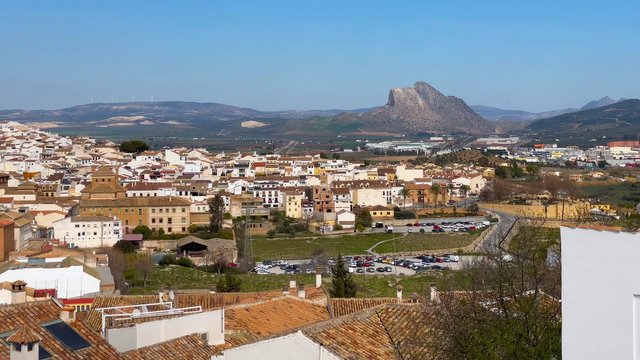
Antequera is also known as the city of forty churches. Numerous religious structures were built here. The construction of the temples was financed by the local aristocracy and the wealthiest of the city and was often built in the Spanish baroque style.
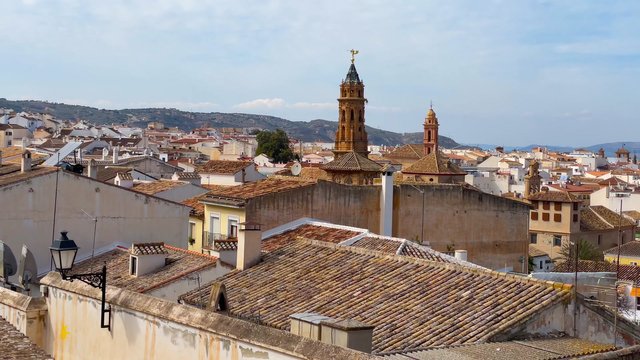
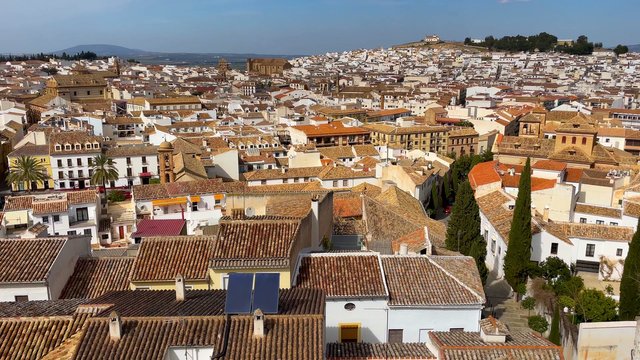
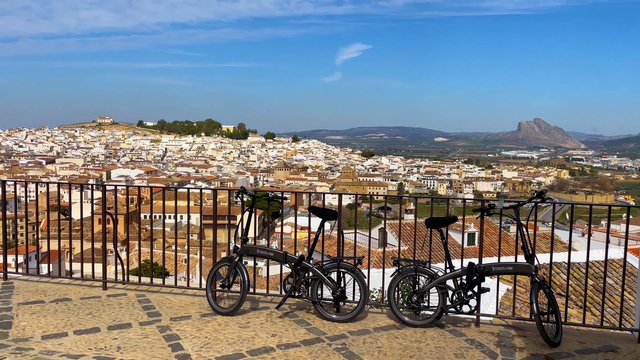
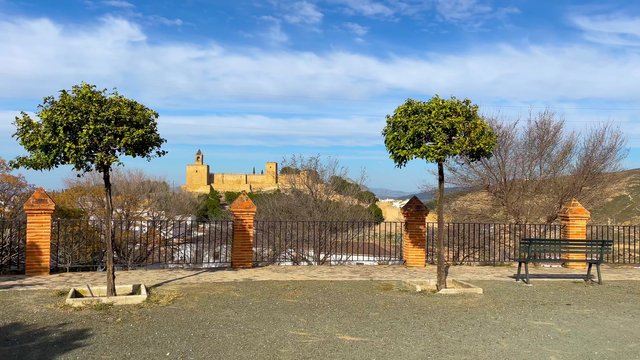
Above the city rises the Alcazaba Fortress, visible from various points of the city. This hill was where we viewed the panorama of the historic center. This is the Alcazaba, formerly an Arab fortress later rebuilt by Christians.
